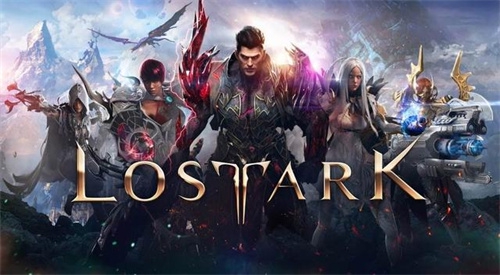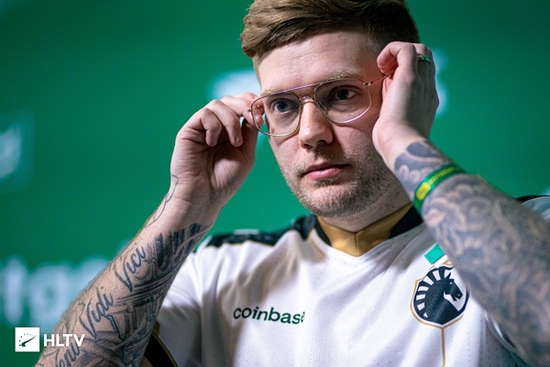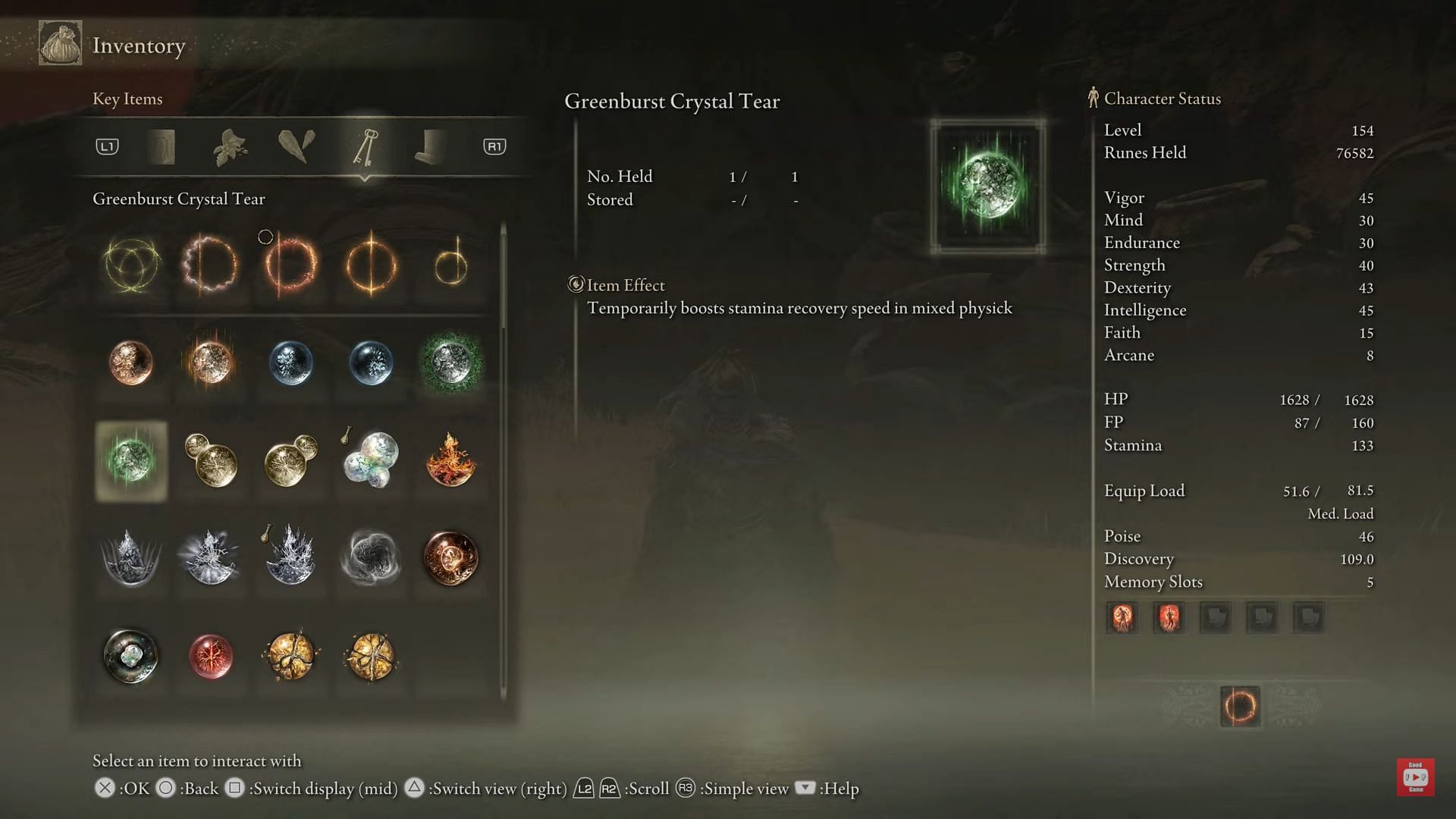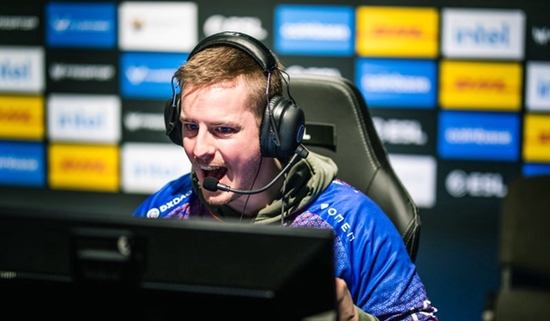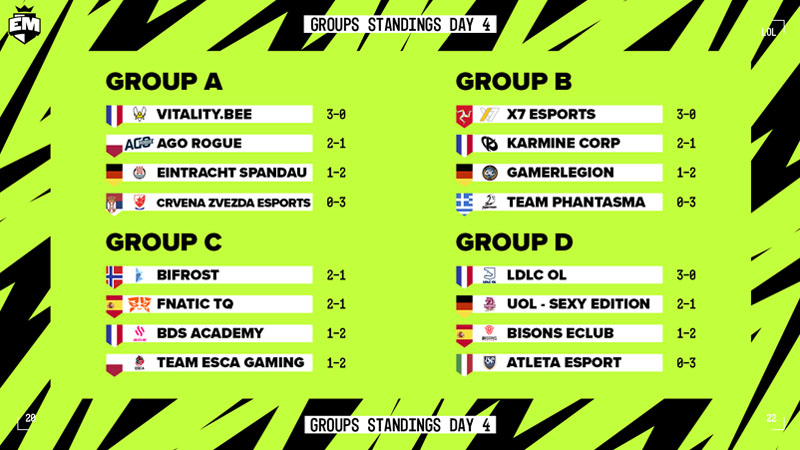Mục Lục
The NFT Market – Facts, Numbers and Growth Expectations in 2022
January 21, 2022
Mel Hawthorne
NFTs came out of nowhere – much like crypto did… right? Well, no. After cryptocurrencies rose to power quickly and efficiently, the next trend kicked off: Non-Fungible Tokens. Unlike cryptocurrencies that are only used as currencies such as Bitcoin, NFTs are all unique – while they can be many or few in number, they work like limited edition comic books.
Say, only 500 will ever be printed, each with a unique number between 1 and 500 on it – therefore, even if you bought two, they are unique and different from each other, and may have different values as well. Normal crypto coins such as Bitcoin are different – any single Bitcoin has the exact same value as any other, and they are indistinguishable and can also be split into smaller fractions of themselves that then have a fraction of the value in question. Now, the crypto network that was most central to the NFT boom was Ethereum – at least at first.
Growing NFT universe
At the start of 2021, Ethereum’s share of all NFTs dropped from 95% to just 80%. In other words, new projects are moving to other chains, and even existing projects are moving away. The reasons for this are fairly straight-forward: high transaction volumes slow down the network, and high gas fees make transactions expensive. Other chains such as Solana are picking up the slack – they are faster, cheaper, and more scalable.
NFTs are expanding rapidly – the market itself was valued at about $41 billion dollars in 2021 – that’s nearly as much as the conventional fine art market was worth in 2020 ($50 billion). NFTs are appearing everywhere – celebs are discussing them, rappers are launching them, and even major auction houses are putting them into their major auctions to not miss out on the profits.
Large-scale projects are becoming common knowledge – even non-crypto-fans are becoming aware of Bored Ape Yacht Club, CryptoPunks, Sandbox and more – not to mention of course Beeple. Auction House Christie’s set a new record with this sale, where a collector spent the equivalent of $69 million dollars to acquire the artwork. The sale made the creator one of the most valuable living artists on the planet – his NFTs have sold for millions in various high-profile transactions before and after the auction as well.
Numbers in NFTs
While individual transactions at the scale of multiple millions are somewhat rare, NFT sales and purchases are not. The most popular NFT platform out there, OpenSea, saw a total of $14.6 billion dollars in sales in 2021. Popular NFT-based game Axie Infinity alone saw a total of $3.74 billion in sales volumes for their game. Others on our best NFT games list are not faring badly either.
Both OpenSea and Axie Infinity are based on and around the Ethereum chain – but even competitors are seeing incredible numbers. Solana, one of Eth’s biggest competitors, saw some record-breaking transactions too, with one NFT selling for the equivalent of about $2.1 million dollars, or more than 13k SOL. This happened amidst several negative stories around Solana and NFTs, with some scandals about fake collections and knock-off NFTs.
Of course it wasn’t all bad news – even in the middle of such negative publicity, the industry is absolutely booming. New projects are popping up everywhere, from art collections to NFT games and more, as more and more new use cases for NFTs are being developed and created on a near-daily basis. Even play-to-earn games may soon start rewarding NFTs that can be traded further.
Based on how popular creating and distributing digital art and content is becoming, there is no doubt the NFT market is expected at least quadruple in size and volume in 2022.






